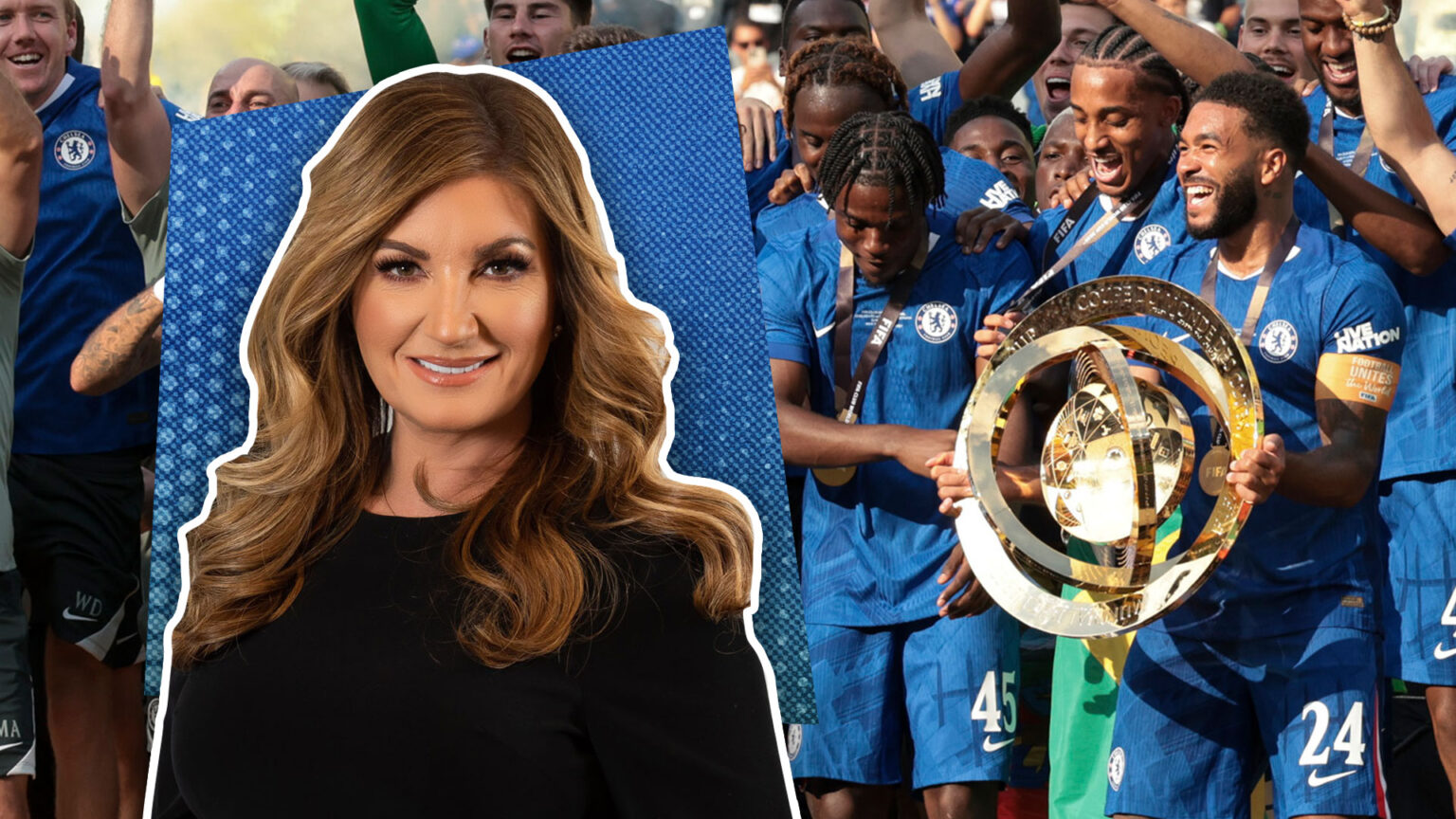A FRESH start, a new Premier League season and there’s a nice, warm feeling in the pit of every football fan’s stomach, which has nothing to do with the fact it’s hotter than the hinges of hell.
That feeling is called hope. Hope of what fortunes a new campaign can bring for your club.
I’m not alone in saying that there are issues which the Prem needs to address and not surprisingly it revolves around money. Or more correctly, where it is going?
The gap between the so-called ‘big clubs’ and the rest is growing.
Qualification for the Champions League for our six teams — Liverpool, Arsenal, Manchester City, Chelsea, Newcastle United and Tottenham — means a whopping extra £150million on top of PL income.
Then add the $100m (£75m) Chelsea earned from winning the Club World Cup this summer.
Then take this into account — Liverpool and City have kit deals for this season which bring in another £100m. United’s is just behind at £90m.
At the other end of the scale, Sunderland will make just £500,000 from their kit deal and Burnley £1m. That is a huge disparity of a monstrous £99.5m between top and bottom .
In the week the latest A-level results were released, it does not take anything like that qualification in mathematics to work out that the wealthy clubs are getting wealthier — and that must have an impact on competitiveness.
This is a worry because the Premier League is the best in the world.
It is the most watched, most loved competition which the rest of the globe follows every week. From Singapore to Santiago, Sydney to San Francisco, it is the one that tops the lot.
Its popularity has been born out of its unpredictability, with every side capable of beating everyone else on any given day. How much longer that is the case remains to be seen?
Leicester won the title in 2016 under Claudio Ranieri. No one saw that coming, but it proved that it could be done. Yet last season, only Nottingham Forest gave the top six a real run for their money.
Football fans should be concerned by this because the beauty of the Premier League is in its unforeseeable nature.
In May’s FA Cup final, Crystal Palace showed the way by beating Manchester City then followed up with a win over Liverpool in the Community Shield.
The Prem must get this right because a league where the same teams win every year is not competitive — it is France’s Ligue 1, whose broadcast revenues have recently taken a dive.
This should be a real concern for football fans everywhere as the PL is the sole funder of the ENTIRE football system, from the EFL to the National League to the WSL.
We need to ensure the Premier League continues to thrive to generate the revenues required to fund the whole football ecosystem.
At the other end of the table there has been a lot said about the clubs — Sunderland, Leeds and Burnley — coming up.
In the last two seasons the three promoted to the top flight went straight back down again. What we have to be careful about is that this does not become a regular scenario.
It would not be a good for the Premier League to have the same teams going up and down every season.
The average PL attendance is over 40,000 and virtually all games are a complete sell-out.
It suggests we must be doing something right but it is precious and needs constant care and attention.
And that brings me to West Ham. In an era when too many clubs have bought players without a clear plan, this year we are targeting signings who genuinely improve the team.
We know it’s not about how much you spend, it’s how you spend it.
It’s about adding quality that makes an immediate impact, strengthening where it counts and making sure every new arrival moves us closer to challenging the very best.
That’s why, as this season kicks off, there’s real hope around the London Stadium — hope built not on blind optimism but on a squad being shaped to deliver for our supporters.
Read the full article here

